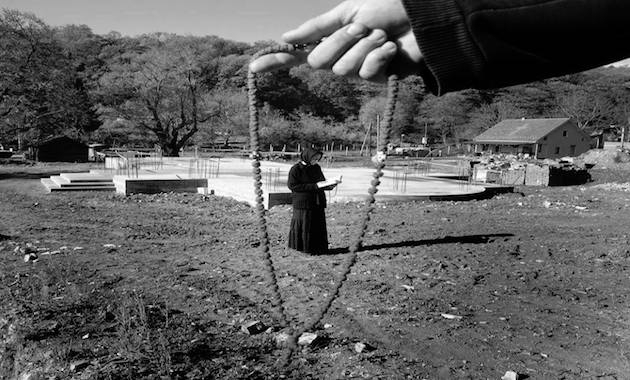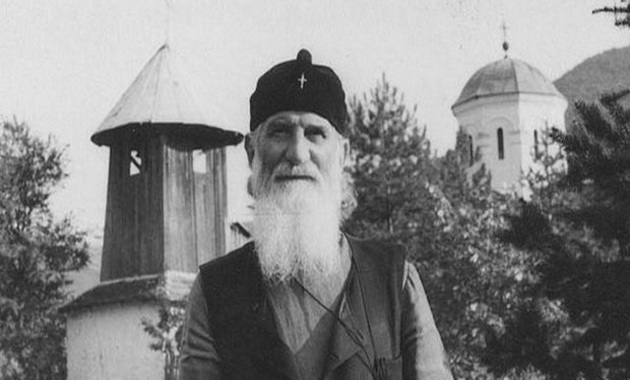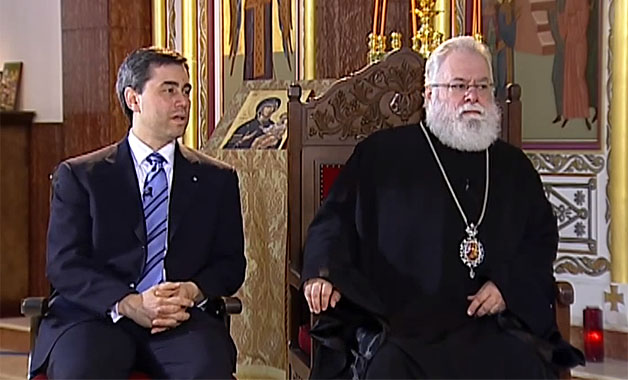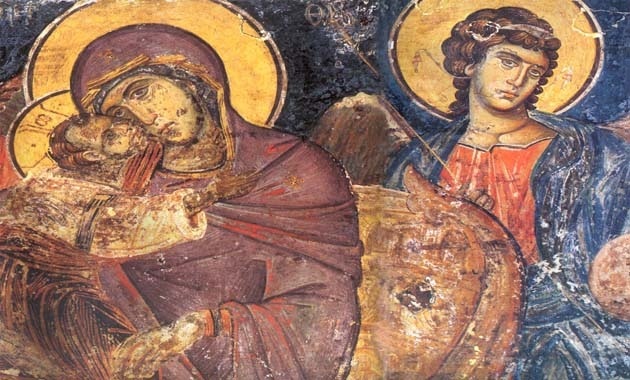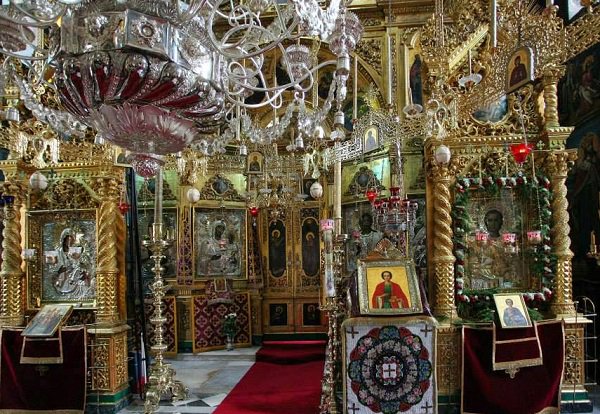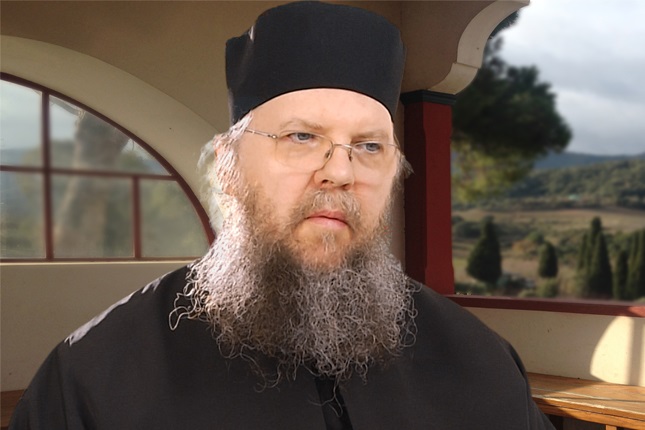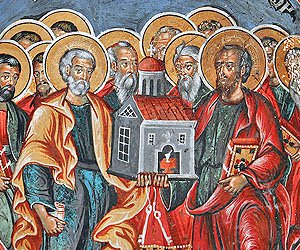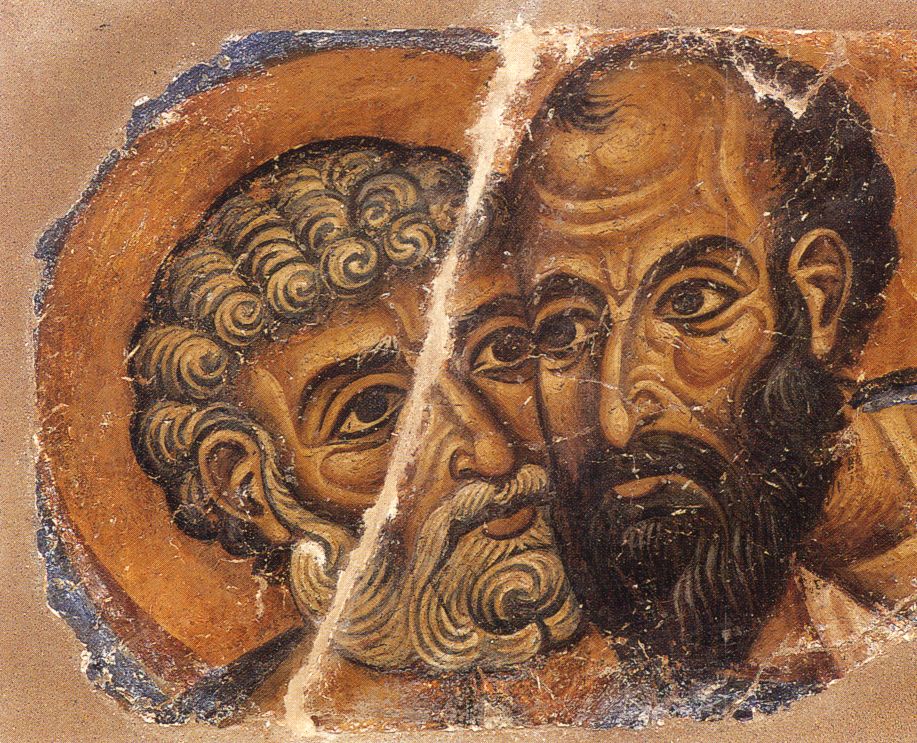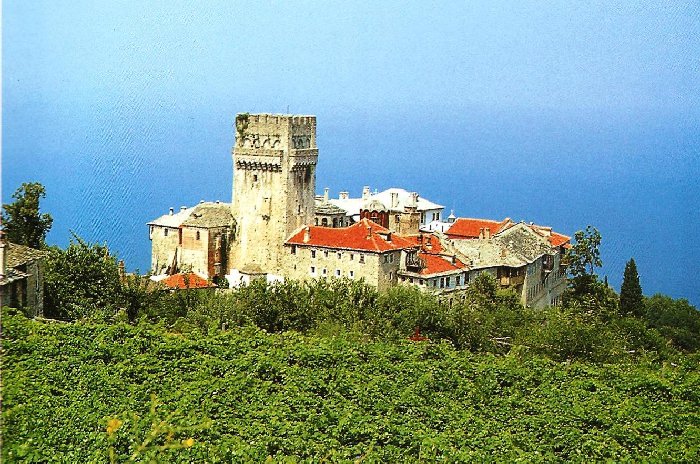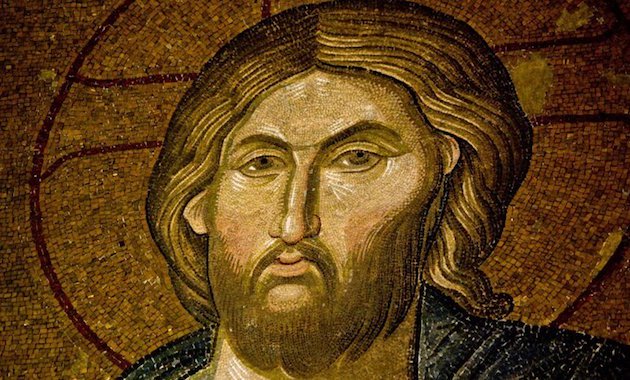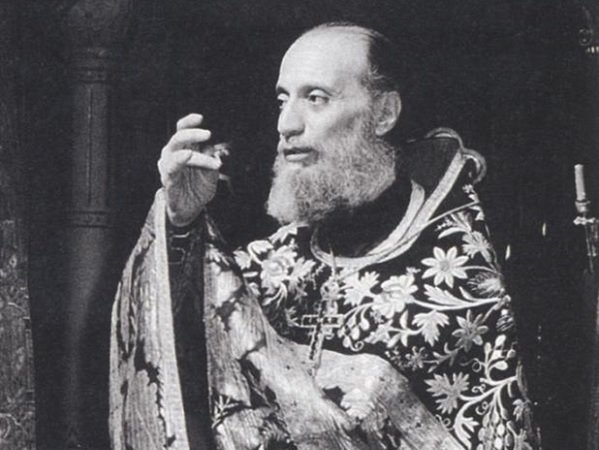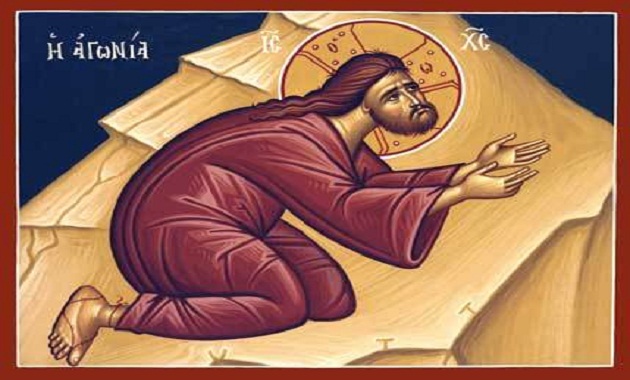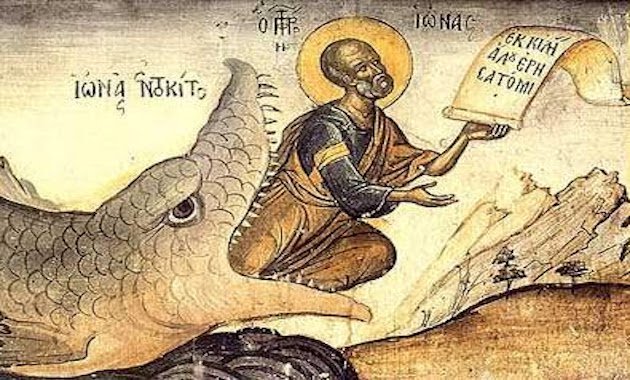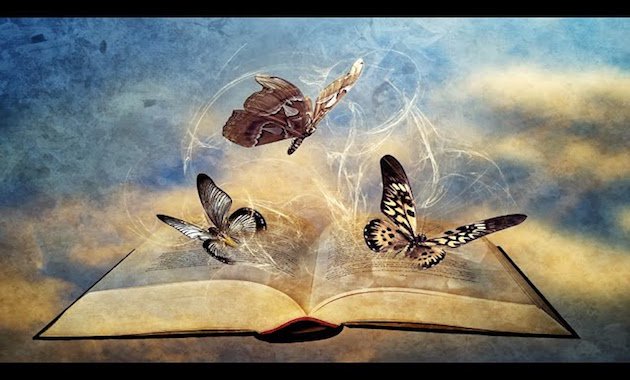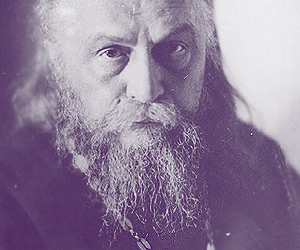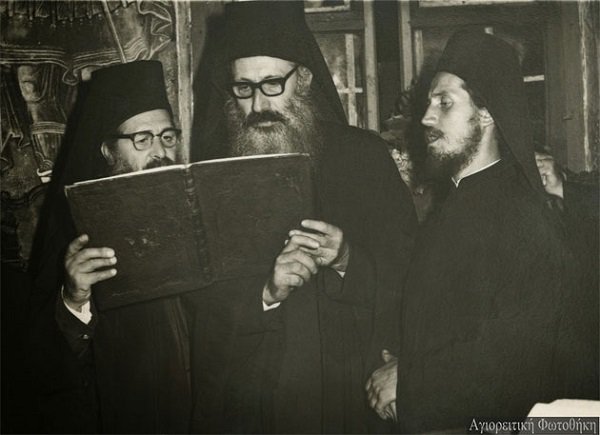This monastery appears to have already been in existence in 1018, but after many misfortunes it was restored by the Paleologue emperors in the 14th century. In the 16th century it was destroyed by pirates and rebuilt by the Wallachian prince Petros. The katholikon, dedicated to the apostles Peter and Paul, was built between 1548 and 1563 and frescoed in 1716,1750 and 1763. Of particular interest is the arsenal complex, which was completed in 1534. It is essentially a miniature monastery, with a tower, fortification wall with cannon ports, fortified entrance, courtyard, and storied ranges incorporating a church and refectory. It was soon destroyed by fire and never rebuilt.
Source: Monk Chariton, Images of Athos, 3rd edition, Mount Athos, 2007
Περισσότερα
